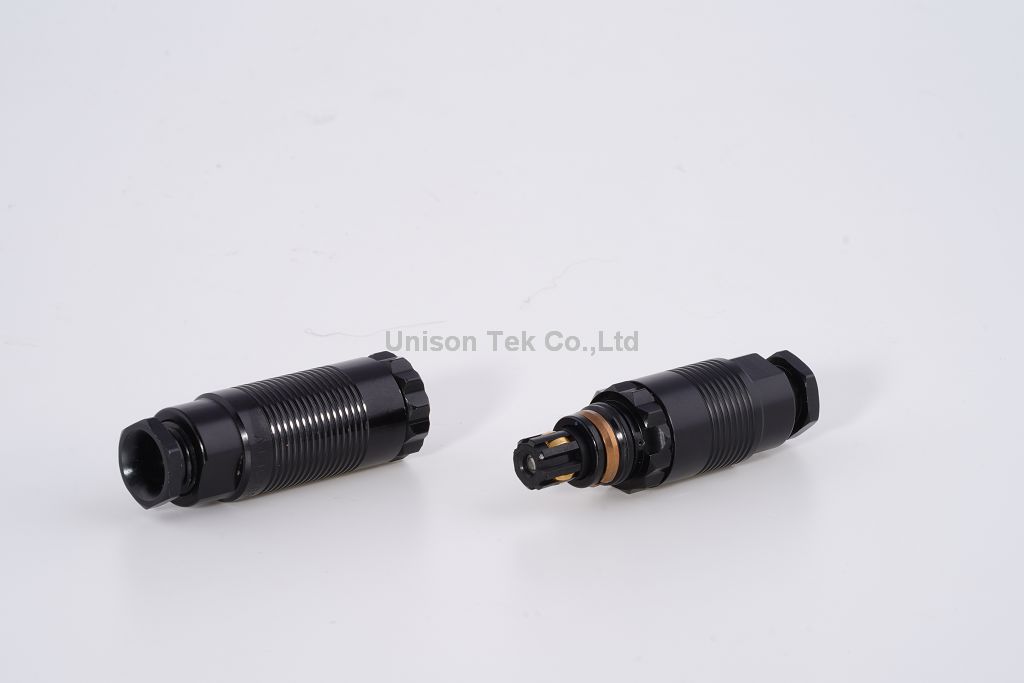Application of reversed engineering
With the progress of the times and the continuous development of computer software and hardware, 3D computer-aided design and manufacturing have made rapid progress, and it has been widely used in the industry, especially in the medical and mold industries.
Changing 3D CAD/CAM greatly simplifies the time of mold development, so it has a pivotal position in product development and automated production.
With the continuous improvement of industrial technology, the diversification and complexity of product requirements and the shortening of product life cycles, how to complete product design and manufacturing in the shortest time to grasp market opportunities is an important issue in the industry.
However, not all products have design drawings. Their appearance may be fabricated by a master or designer with both hands and clay, and then use manpower to make a mold with a similar shape by practicing steel. The process is very troublesome and still unable to generate 3D CAD data.
In order to overcome these problems, reversed engineering technology came into being. The application of reverse engineering technology can quickly complete the design and manufacture of products, and can be applied to automobile and motorcycle parts, sports equipment, medical aids, home appliances, glass, wooden shoe molds, golf heads and ceramic products, rapid prototyping (Rapid Prototyping).
Such as precision casting products, industrial modeling design, etc., human body shape measurement such as: human head, artificial leg bone, tooth mold, complex curved surface measurement, etc.
The so-called reverse engineering is to accurately and quickly measure the contour coordinates of an existing workpiece (sample or manual model) with a 3D digital measuring instrument, and then construct the surface, edit and modify it, and then transfer it to the general CAD/ CAM system, and then send the NC processing path of the tool generated by CAM to the CNC processing machine to make the required mold, or send it to the rapid prototyping machine (Rapid Prototyping) to make the sample model, and then use the rapid mold technology to carry out a small amount of variety conversion system.
This system will integrate contact and non-contact 3D measurement systems. The contact 3D measurement system is applied to high-precision geometric shapes, while the non-contact 3D scanning measurement system is mainly applied to the measurement of complex curved surfaces.
Then use Rapid Prototyping technology, which is to construct a closed 3D solid model in the CAD/CAM system, and ensure that all horizontal sections are closed. Then convert the 3D solid model to STL format, that is, approach the surface of the model with multiple triangles.
A model with a large curvature change requires more triangles, so the STL file will be larger. The STL Editor (Slicing Software) in the computer of the rapid prototyping machine can cut the model into thin slices and analyze its cross-sectional area.
The cross-sectional area will be through the solidification of liquid or powder or the bonding of solid sheets to form a stack.
Most of the domestic manufacturers' product development, design process and production methods start from OEM to ODM, and then gradually establish their own brand. Therefore, reverse engineering has always been the main axis of domestic enterprise R&D and design, allowing the corporate world to display broader design creativity.
To improve the quality and ability of design. By shortening the product development and design cycle, speeding up the time to market (Time To Market) will help companies grasp market opportunities and global competitive advantages.

